There are many places of interest close to the Hacienda Buena Vista.
Whether you are interested in the culture of the surrounding towns and villages, natural landscapes or the areas ancient historical landmarks, there is something for everyone.
Discover the Local Area
Click on the images below to read about local experiences close to the Hacienda Buena Vista.
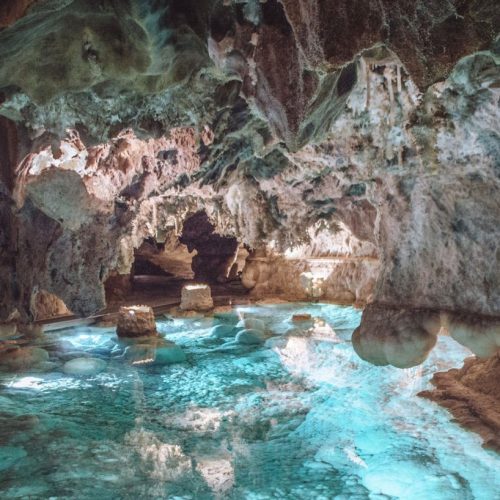
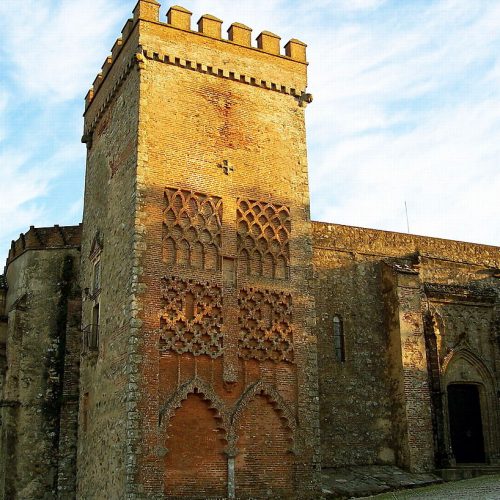
It is the oldest parish in the district, and can be classified as a church-fortress. The Las Maravillas grotto lies underneath the limestone hill on which the building stands.

You will be able to learn the techniques of milking a goat, visit the preparation room and see how the process of drying and curing are performed.
After the farm tour has been completed there we will be a workshop explaining the how the goat’s cheese is made, you will even have the chance to make your own fresh cheese which you can take home and enjoy.
The activity is complemented by wine and cheese tasting, of Parque Natural Sierra de Aracena y Picos de Aroche.
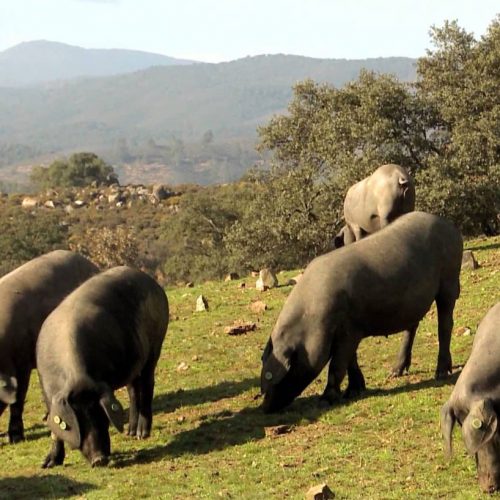
There are a variety of tours available, of varying length and detail. Our Experience Team can advise on the right tour for your party.
You can discover the flora and fauna of the pasture and the importance of this in the breeding of the Iberian pig. Visit a factory of Iberian pork products, and get to know the whole process from developing products to marketing for consumption.
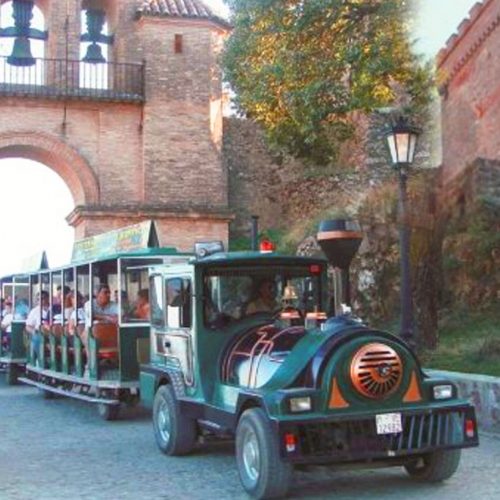
Visit the Old City and climb the castle hill, where the fortress walls and Gothic Church have stood since the thirteenth century, and witness the stunning views of the natural park Sierra de Aracena.
The train will then descend into the Medieval Square where the Interpretation Centre of the Natural Park is located in the "Cabildo Viejo", the tour will continue taking in the most significant buildings of the area in-terms of their religious and civil purposes.
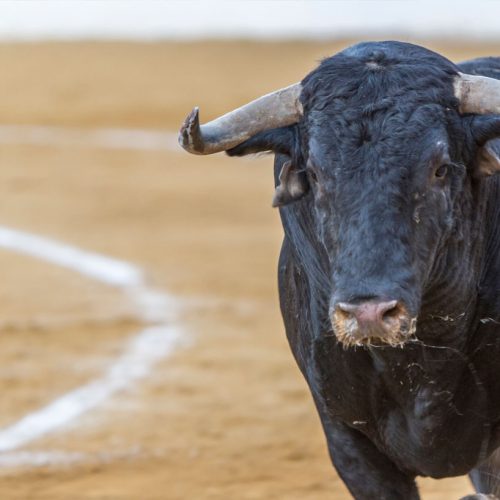
It was built in 1716 by the Brotherhood of Apostle Santiago, renewed in 1936 and 1977, and nowadays is part of the Andalusian Historical Patrimony.
It is the first example of distinctive masonry architecture, to which the pianist and composer Rafael Prado dedicated a double march in 2002.
One of the bullring’s key features is that it welcomes other types of events that share nothing with the bullfight traditions. Among them, it is worth mentioning tennis championships, astronomy fairs, and dance shows.
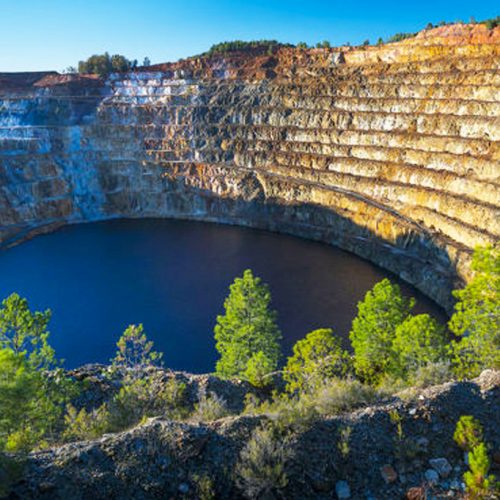
The Visigothic carried on the mines. Later, after the Reconquest, cheap New World minerals left the mines standing until 1873.
The Spanish government sold them to a British consortium, which formed the Rio Tinto Company Ltd, whose principal product was copper. Many British engineers came to live and work in the town, creating a mini-colony, a microcosm of England. The first golf course and football pitch in Spain were both built here. They also constructed a railway to transport the ores to the coast.
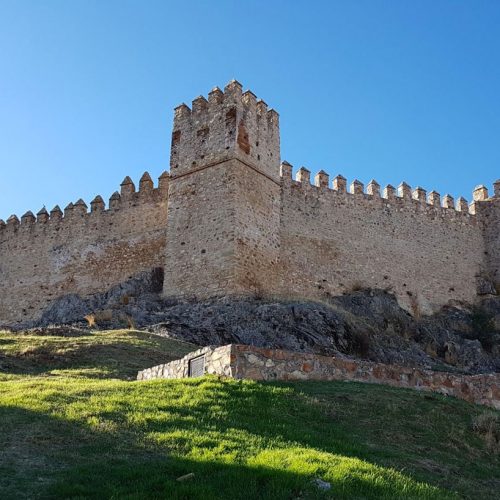
230 hectares of a lush forest has been set aside so that the animals are able to roam in a semi-free environment in their family groups.
You have a choice of using your own vehicle or the pneumatic train, over a route of 10 kms, where you will observe a large mixture of wildlife.
There are separate areas to stroll through, including the Kangaroo Garden and the scheduled Raptor Bird Show.
Once you have finished the tour of the park there is a picnic area to relax and eat something, swimming pools to cool down in and playground to keep the youngsters entertained.
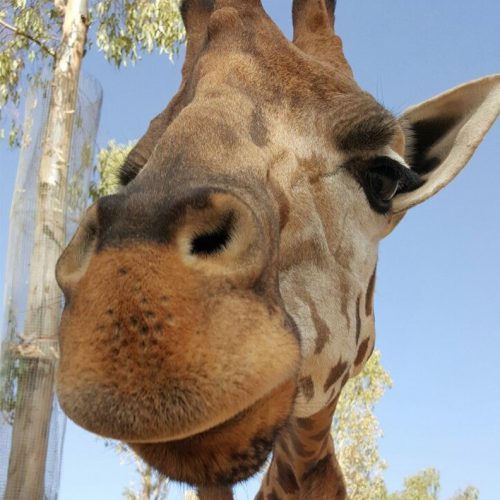
The Wild West section, which has free entry, has the usual saloon bar featuring cowboys and shows with can-can girls. Shop, lake-side restaurant and cafeteria among the trees.